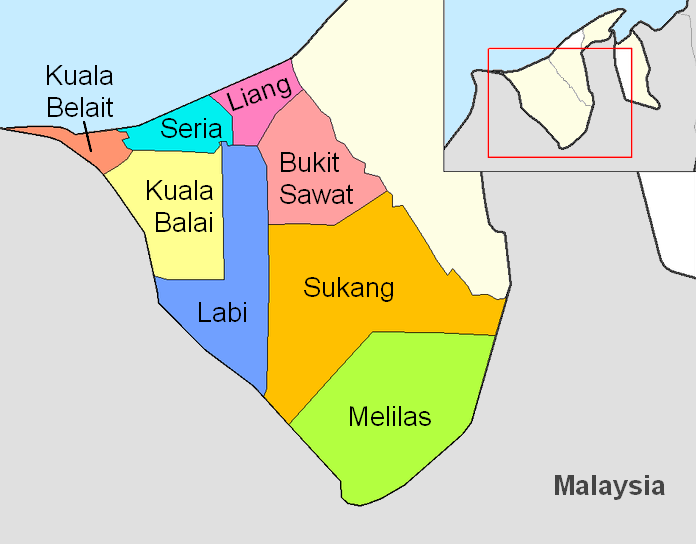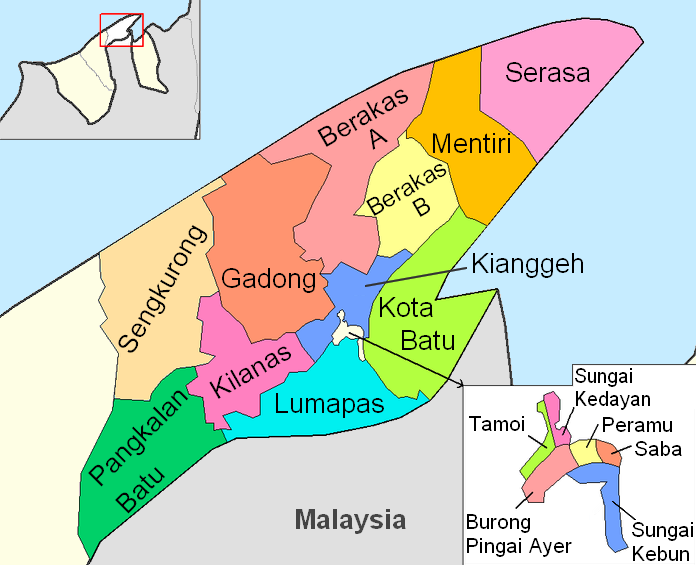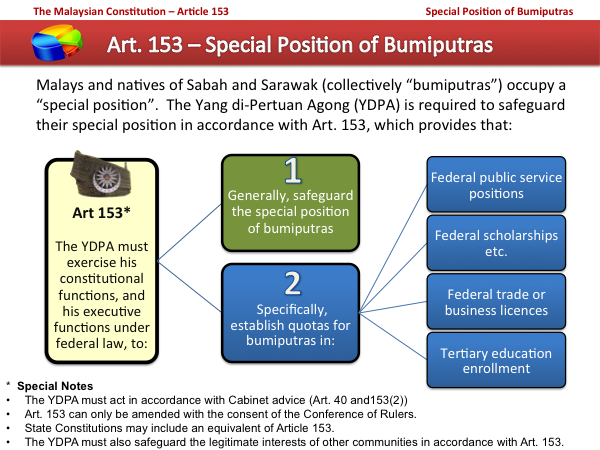|
Rasah
Rasah is a mukim in Seremban District, Negeri Sembilan, Malaysia. Places of worship There are places of worship for many faiths in Rasah. The most prominent one is Rasah Shri Mahamariamman Temple, situated in the foothills near Tuanku Ja'afar Hospital Demographics Rasah consist of 46.5% Chinese, 30.7% Malay and 22.4% Indian and 0.4% others. Housing estates Rasah has many housing estates encircling it including Kampung Dato Mansor, Kampung Pasir, Taman Sri Pulasan, Taman Lian, Taman Nee Yan, Taman Klana Jubli, Taman Bukit Chedang, Taman Dato' Raja Mohd Hanifah, Taman Rasah, Taman Rasah Jaya, Taman Desa Rasah, Taman Harapan Baru, Taman Happy, Taman Thivy Jaya, Taman Sri Putih, Taman Nuri Indah, Taman Anggur, Taman Bukit Rasah, Taman Belimbing and Taman Limau Emas Notable people * Sheikh Haji Muhammad Saleh (also known as Tuanku Tambusai) - a leader during the Padri War The Padri War (also called the Minangkabau War) was fought from 1803 until 1837 in West Sumatra, In ... [...More Info...] [...Related Items...] OR: [Wikipedia] [Google] [Baidu] |
Seremban District
The Seremban District is one of 7 districts in Negeri Sembilan, Malaysia. This is where the capital of Negeri Sembilan, Seremban is located. Seremban District shares a border with Sepang and Hulu Langat Districts, Selangor to the north, Jelebu District to the northeast, Kuala Pilah District to the east, Port Dickson District to the west, and Rembau District to the south. Government The newly formed Seremban City Council cover the whole Seremban district. The formation of Seremban City Council was done via the merging of Seremban Municipal Council and Nilai Municipal Council on 1 January 2020. Administrative divisions Seremban District is divided into 8 mukims, which are: * Ampangan * Labu * Lenggeng * Pantai * Rasah * Rantau * Seremban City * Setul This district has 3 parliament districts which is (North, 6 seat) (South, 5 seat) and (Paroi and Rantau). City areas Inner Seremban (Seremban city core) *Seremban *Rasah *Rasah Jaya *Rahang *Mambau *Senawang *Temiang *Loba ... [...More Info...] [...Related Items...] OR: [Wikipedia] [Google] [Baidu] |
Negeri Sembilan
Negeri Sembilan (, Negeri Sembilan Malay: ''Nogoghi Sombilan'', ''Nismilan'') is a state in Malaysia which lies on the western coast of Peninsular Malaysia. It borders Selangor on the north, Pahang in the east, and Malacca and Johor to the south. The name is believed to derive from the nine (''sembilan'') villages or '' nagari'' in the Minangkabau language (now known as ''luak'') settled by the Minangkabau, a people originally from West Sumatra (in present-day Indonesia). Minangkabau features are still visible today in traditional architecture and the dialect of Malay spoken. Unlike the hereditary monarchs of the other royal Malay states, the ruler of Negeri Sembilan is elected and is known as ''Yang di-Pertuan Besar'' instead of Sultan. The election of the Ruler is also unique. He is elected by the council of Undangs who lead the four biggest territories of Sungai Ujong, Jelebu, Johol, and Rembau, from the legitimate male members of the Pagaruyung Dynasty, with the survi ... [...More Info...] [...Related Items...] OR: [Wikipedia] [Google] [Baidu] |
Mukim
A mukim is a type of administrative division used in Brunei, Indonesia, Malaysia and Singapore. The word ''mukim'' is a loanword in English. However, it was also originally a loanword in Malay from the Arabic word: (meaning ''resident''). The closest English translation for mukim is township. Usage Brunei In Brunei, a mukim is the immediate subdivision of a district (). The equivalent English word for 'mukim' is 'township'. There are 38 mukims in Brunei. Each mukim is an administrative area made up of several (Malay for "village"). A mukim is headed by a (Malay for "headman"), which is an elected office. The number of mukims in each of the districts in Brunei is as follows: The smallest mukim by area is Mukim Saba in the Brunei-Muara District. The largest mukim by area is Mukim Sukang in the Belait District. The last change in the mukim boundaries was in the late 1990s when Mukim Kumbang Pasang was merged into Mukim Kianggeh and Mukim Berakas was divided into Muki ... [...More Info...] [...Related Items...] OR: [Wikipedia] [Google] [Baidu] |
Map Of Seremban District, Negeri Sembilan
A map is a symbolic depiction emphasizing relationships between elements of some space, such as Physical body, objects, regions, or themes. Many maps are static, fixed to paper or some other durable medium, while others are dynamic or interactive. Although most commonly used to depict geography, maps may represent any space, real or fictional, without regard to Context (language use), context or Scale (map), scale, such as in brain mapping, DNA mapping, or computer network topology mapping. The space being mapped may be two dimensional, such as the surface of the earth, three dimensional, such as the interior of the earth, or even more abstract spaces of any dimension, such as arise in modeling phenomena having many independent variables. Although the earliest maps known are of the heavens, geographic maps of territory have a very long tradition and exist from ancient times. The word "map" comes from the , wherein ''mappa'' meant 'napkin' or 'cloth' and ''mundi'' 'the world'. ... [...More Info...] [...Related Items...] OR: [Wikipedia] [Google] [Baidu] |
Mukim
A mukim is a type of administrative division used in Brunei, Indonesia, Malaysia and Singapore. The word ''mukim'' is a loanword in English. However, it was also originally a loanword in Malay from the Arabic word: (meaning ''resident''). The closest English translation for mukim is township. Usage Brunei In Brunei, a mukim is the immediate subdivision of a district (). The equivalent English word for 'mukim' is 'township'. There are 38 mukims in Brunei. Each mukim is an administrative area made up of several (Malay for "village"). A mukim is headed by a (Malay for "headman"), which is an elected office. The number of mukims in each of the districts in Brunei is as follows: The smallest mukim by area is Mukim Saba in the Brunei-Muara District. The largest mukim by area is Mukim Sukang in the Belait District. The last change in the mukim boundaries was in the late 1990s when Mukim Kumbang Pasang was merged into Mukim Kianggeh and Mukim Berakas was divided into Muki ... [...More Info...] [...Related Items...] OR: [Wikipedia] [Google] [Baidu] |
Malaysia
Malaysia ( ; ) is a country in Southeast Asia. The federation, federal constitutional monarchy consists of States and federal territories of Malaysia, thirteen states and three federal territories, separated by the South China Sea into two regions: Peninsular Malaysia and Borneo's East Malaysia. Peninsular Malaysia shares a land and maritime Malaysia–Thailand border, border with Thailand and Maritime boundary, maritime borders with Singapore, Vietnam, and Indonesia. East Malaysia shares land and maritime borders with Brunei and Indonesia, and a maritime border with the Philippines and Vietnam. Kuala Lumpur is the national capital, the country's largest city, and the seat of the Parliament of Malaysia, legislative branch of the Government of Malaysia, federal government. The nearby Planned community#Planned capitals, planned capital of Putrajaya is the administrative capital, which represents the seat of both the Government of Malaysia#Executive, executive branch (the Cabine ... [...More Info...] [...Related Items...] OR: [Wikipedia] [Google] [Baidu] |
Ethnicity
An ethnic group or an ethnicity is a grouping of people who identify with each other on the basis of shared attributes that distinguish them from other groups. Those attributes can include common sets of traditions, ancestry, language, history, society, culture, nation, religion, or social treatment within their residing area. The term ethnicity is often times used interchangeably with the term nation, particularly in cases of ethnic nationalism, and is separate from the related concept of races. Ethnicity may be construed as an inherited or as a societally imposed construct. Ethnic membership tends to be defined by a shared cultural heritage, ancestry, origin myth, history, homeland, language, or dialect, symbolic systems such as religion, mythology and ritual, cuisine, dressing style, art, or physical appearance. Ethnic groups may share a narrow or broad spectrum of genetic ancestry, depending on group identification, with many groups having mixed genetic ancestry. Ethni ... [...More Info...] [...Related Items...] OR: [Wikipedia] [Google] [Baidu] |
Chinese Malaysian
Malaysian Chinese (; Malay: ''Orang Cina Malaysia''), alternatively Chinese Malaysians, are Malaysian citizens of Han Chinese descent. They form the second largest ethnic group after the Malay majority constituting 22.4% of the Malaysian population. Most of them are descendants of Southern Chinese immigrants who arrived in Malaysia between the early 19th century and the mid-20th century. Malaysian Chinese form the second largest community of Overseas Chinese in the world, after Thai Chinese. Malaysian Chinese are traditionally dominant in the business sector of the Malaysian economy. The ethnic subgroups of Chinese people in Malaysia include the Hokkien, Cantonese, Hakka, Teochew, Hainan, Foochow and Kwongsai. Different Chinese languages are spoken in Malaysian towns and cities. Among them are Cantonese in Kuala Lumpur, Ipoh, Kuantan, Seremban, Mersing, Kampar, Petaling Jaya and Sandakan, Hokkien in George Town, Alor Setar, Kangar, Klang, Taiping, Kota Bharu and ... [...More Info...] [...Related Items...] OR: [Wikipedia] [Google] [Baidu] |
Bumiputera (Malaysia)
''Bumiputera'' or ''Bumiputra'' ( Jawi: ) is a term used in Malaysia to describe Malays, the Orang Asli of Peninsular Malaysia, and various indigenous peoples of East Malaysia (see official definition below). The term is sometimes controversial, and has similar usage in the Malay world, used similarly in Indonesia and Brunei. The term is derived from the Sanskrit which was later absorbed into the classical Malay word ( sa, भूमिपुत्र, bhū́miputra), which can be translated literally as "son of the land" or "son of the soil". In Indonesia, this term is known as "Pribumi". In the 1970s, the Malaysian government implemented policies designed to favour bumiputras (including affirmative action in public education and in the public sector) to elevate the socioeconomic status of the economically disadvantaged bumiputera community and to defuse interethnic tensions following the 13 May Incident in 1969 by placating the Malay majority through granting them a pri ... [...More Info...] [...Related Items...] OR: [Wikipedia] [Google] [Baidu] |
Malaysian Indian
Malaysian Indians or Indian Malaysians are Malaysian citizens of Indian or South Asian ancestry. Today, they form the third-largest group in Malaysia after the Malays and the Chinese. Most are descendants of those who migrated from India during the British Malaya era from the early 19th to mid-20th centuries. The majority of Malaysian Indians are ethnic Tamils; smaller groups include the Malayalees, Telugus, Sikhs and others. Malaysian Indians form the fifth largest community of Overseas Indians in the world. Within Malaysia, they represent the third-largest group (constituting 6.8% of the Malaysian population), after the ethnic Malay and Chinese. They are usually simply referred to as "Indian" in Malaysia, ''Orang India'' in Malay, "''Yin du ren''" in Chinese. Malaysia's Indian population is notable for its class stratification, with a significant elite as well as a large low income groups within its fold. Malaysian Indians make up a disproportionately large percentage of pr ... [...More Info...] [...Related Items...] OR: [Wikipedia] [Google] [Baidu] |
Tuanku Tambusai
Sheikh Haji Muhammad Saleh (Tambusai, Rokan Hulu, Riau, 5 November 1784 – Negeri Sembilan, Malaysia, 12 November 1882) is one of the Islamic leaders for the padri movement. Tuanku Tambusai, as he was well known in Indonesia was one of the leaders who fought the colonial invaders during the Padri Wars in 1838 along with his contemporaries, Tuanku Imam Bonjol and Tuanku Rao. Biography His real name is Muhammad Saleh. He was born in Dalu-dalu a village in Tambusai on 5 November 1784. Muhammad Saleh is the son an Islamic teacher from Minang homeland in western Sumatera. His father came from village called Rambah. His father was appointed by the Sultan of Riau as the chief imam and married a local women, called Munah. His mother, Munah came from a village in Tambusai called Kandang Kopuh. Early life Muhammad Saleh was brought up by his father who was the Chief Imam during the rule of the Sultanate of Riau in the 1800s. During his childhood, his father has taught him martial ... [...More Info...] [...Related Items...] OR: [Wikipedia] [Google] [Baidu] |





